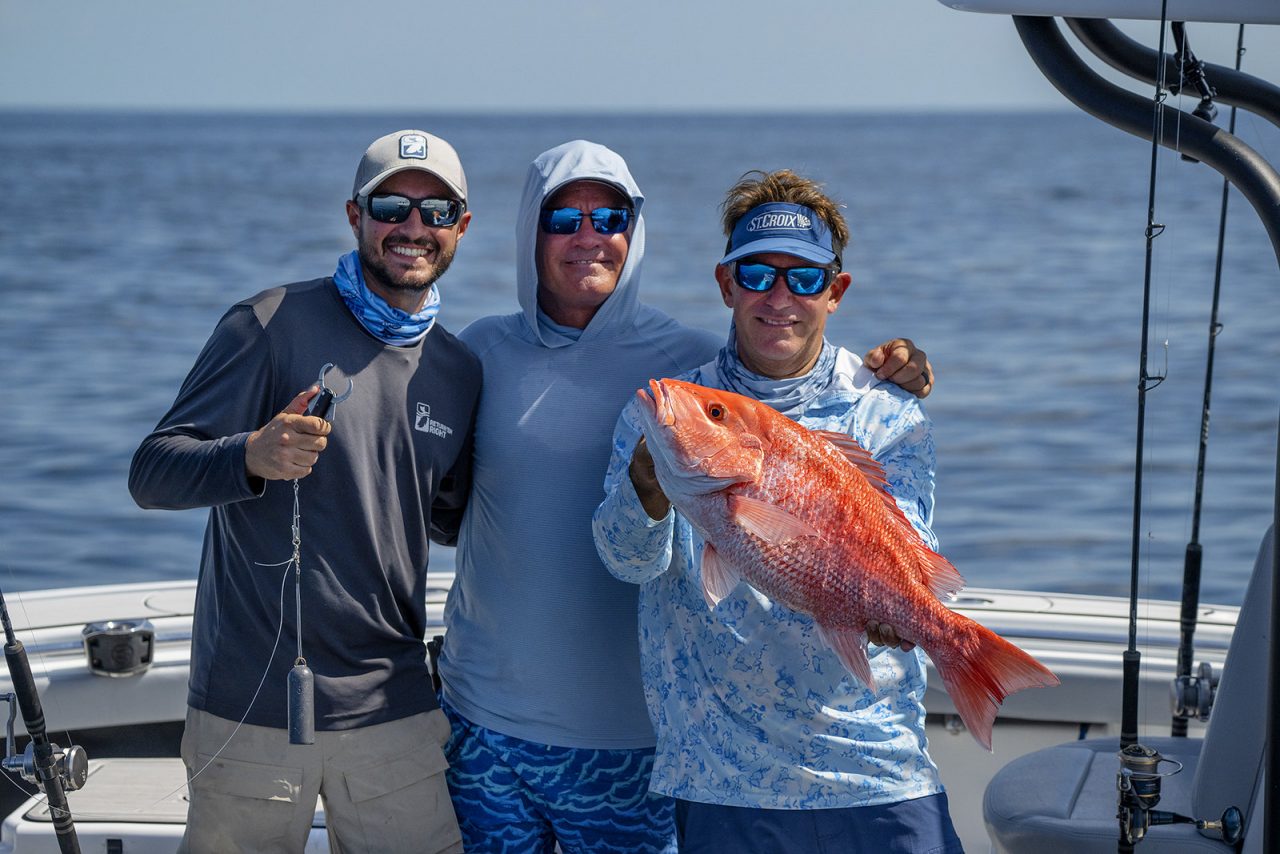Originally featured in Texas Saltwater Fishing Magazine in May of 2025.
By: Nick Haddad
While scrolling my Facebook timeline, I stumbled upon a post regarding an early grouper closure that had the fishing community fired up. A captain commented, “We’ve done the circle hooks, we’re doing the descending device, and trying our best but the seasons keep getting shorter. What’s the deal?” He posed a great question that sparked my curiosity. If we are saving more fish, why aren’t we getting more fish to catch? There is no doubt that technology has transformed offshore fishing, making it easier than ever to catch fish, but is this surge in efficiency having unintended consequences?
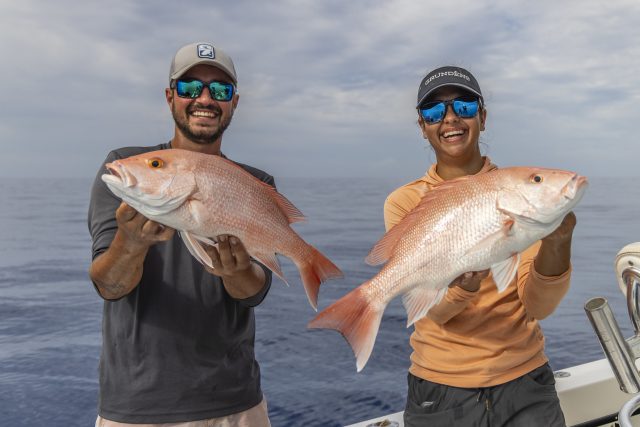
Why Aren’t Seasons Getting Longer?
Despite widespread use of best practices (circle hooks, dehooking, descending devices, etc.), fishing seasons keep shrinking. Why is that? My simple conclusion is that we must be catching way more fish than ever before. Improved catch efficiency due to technological advancements may be offsetting gains from responsible fishing.
More People, More Fish, Less Time
In lieu of technological advancements, it’s important to acknowledge that more people are fishing than ever before. In theory, doubling the number of anglers fishing also doubles the number of fish caught, creating a situation where each angler can now harvest half the number of fish while maintaining the same total annual catch. Unfortunately, that’s not how fisheries management and science works, as it typically lags several years behind what is happening on the water.
The Technology That’s Changing the Game
Arguably more important than the increase in anglers, is the increase in efficiency. More people are catching fish than ever before. The age old saying that 20% of the fishermen catch 80% of the fish might not be true anymore. Over the past couple of decades, fishing technology has undergone a revolution, transforming the way we locate and catch fish. Innovations such as spot-lock trolling motors, GPS, sonar, electric reels, and access to pre-plotted bottom charts have made it easier than ever to find and land fish offshore. However, as our ability to catch fish has improved, so has the magnitude of fish that are being released back to the water. This paradigm emphasizes the need for each of us to take better care of the fish we release. Let’s dive into technology changes that have increased our catching efficiency.
Spot-Lock Trolling Motors and Outboards
Spot-lock trolling motors and outboards use GPS technology to automatically hold a boat in a specific location, even in windy conditions or strong currents. They represent a significant technological advancement when it comes to catching more fish. Gone are the days of constantly adjusting anchor lines to stay on top of productive fishing spots or re-anchoring several times to land perfectly over a spot. Now, it’s as easy as finding your spot and pressing a button. This allows anglers to spend a lot more time fishing without worrying about drifting away, increasing efficiency and catch rates. They are a true game-changer when it comes to offshore fishing, especially in deep water.
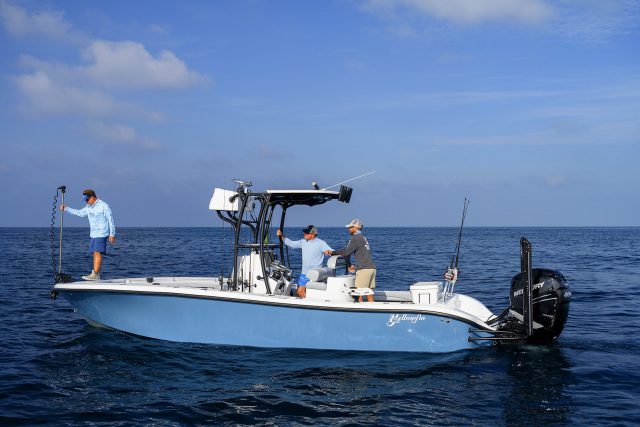
Electric Reels
Speaking of deep water, electric reels have revolutionized deep-sea fishing by automating the process of dropping and retrieving heavy tackle from great depths. With the push of a button, anglers can now effortlessly reel in large fish that would otherwise be out of reach. Deep-dropping has exploded in the last decade as anglers flock to greater depths in search of delicious snowy grouper, tilefish, queen snapper and many more species that previously were out of reach to most. The price point of electric reels kept them out of the hands of many anglers just a few years ago. Now, electric reel prices are comparable to most mid-grade offshore conventional reels and are much more broadly available. This technology has opened up new opportunities for targeting deep-water species with relative ease.
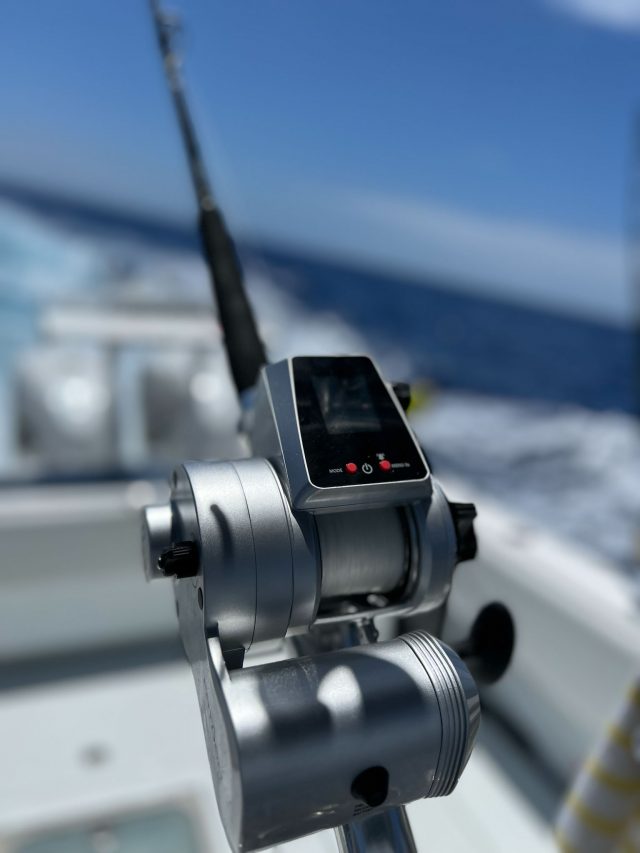
GPS, Sonar, Radar and Navigation Charts
The first two technology advancements improve efficiency of catching fish once you find them, but how has finding fish changed? GPS, radar, sonar, and relief shading have transformed fishing by providing anglers with advanced tools for locating fish.
GPS & Charts: Find and Return to “Secret” Spots in Seconds
GPS allows anglers to pinpoint their exact location on the water and navigate the open ocean with ease. This allows them to mark productive fishing spots, record waypoints for future reference, and navigate to specific locations. By using GPS, anglers can return to successful fishing spots, explore new areas, and efficiently cover more water.

Radar & Sonar: Track Fish, Bait, and Birds from Miles Away
Radar systems emit electromagnetic waves that bounce off objects to help locate not only fish, but birds, boats and other objects nearby. By analyzing the returned signals, anglers can detect the presence of fish schools, baitfish, and other structures beneath the water’s surface. When you’re in the open ocean, birds are often the best way to find bait and pelagics. Advanced radar now allows you to locate birds over 3 miles away to navigate to find fish.
Sonar uses sound waves to detect and provide real-time feedback of objects in the water. I remember the days when down-imaging was a huge deal. Then it was side-scan and now anglers cast at single fish in front of them, watch their lure drop and the fish eat all while looking down at a screen. Whether you’re looking for structures like rocks, ledges, weeds, or fish in the water column, sonar now provides a near 360-degree view of the underwater environment around you.
Preloaded Charts (CMOR, Navionics): Virtually Eliminate the Guesswork in Structure-Finding
Last but not least, the availability of pre-plotted charts with relief shading has completely changed the fishing game. Relief shading maps reveal underwater contours with high detail and help remove the need for trial-and-error scanning of the bottom. No longer do you have to watch your sonar closely to find structure, as anglers can buy pre-mapped charts. Companies like CMOR Maps, Navionics and Strikeline Charts have made finding fishing spots easier than ever before. Heck, StrikeLines Charts slogan is “We find ‘em. You fish ‘em.”. The secret honey holes that took years of searching for are few and far between these days.
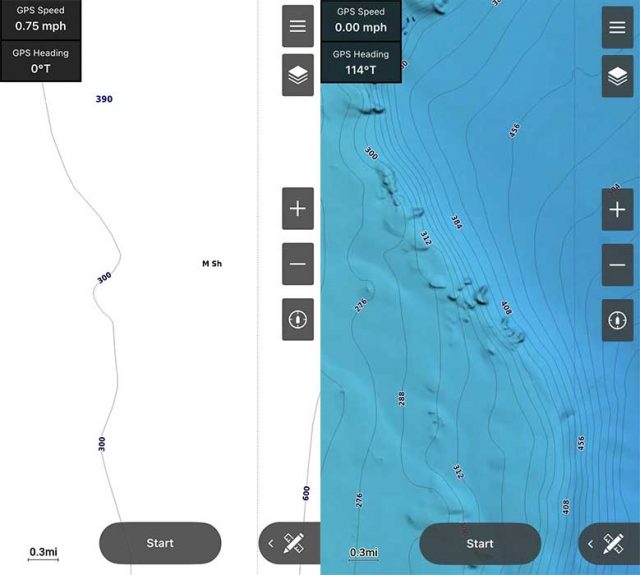
Best Release Practices Can’t Keep Up – But Technology Might Help
The Harsh Reality
While these advancements in fishing technology have undoubtedly made it easier to catch fish, they have also resulted in more fish being discarded than ever before. Circling back to the initial question, “Why aren’t we getting more fish to catch?”. Each individual angler is catching more and releasing more fish, many of which don’t survive. There are millions of recreational anglers that fish in the Gulf each year and most will (and should) take advantage of these technology changes to become more efficient anglers. The simple truth is that the fish we save with best release practices and new release gear will never keep up with the increased pace at which we are finding and catching fish.
How Technology Can Help Save Fish Too
This increased catching efficiency highlights the importance of adopting responsible catch-and-release practices to ensure the sustainability of our fisheries. It’s time to start thinking of best release practices not as a way to get longer seasons, but as a way to preserve the fish we have and take care of the resource to the best of our ability. As we continue to catch fish at a faster rate than ever before, we should be advancing the way we release fish too.
The good news is that technology can make it easier than ever before to ensure more released fish survive to grow, spawn and contribute to the future of the sport. Electric reels can make descending fish suffering from barotrauma much more efficient for the angler. Spot-lock trolling motors can help retrieve fish that float away on the surface faster than a boat on anchor. Mastering sonar can help identify target species that are in-season to reduce bycatch. As we take advantage of new technology to find fish, let’s also remember to use it to take better care of the fish we put back.
How You Can Make An Impact Now
As an individual angler, the best action you can take is to ensure you give each fish you release their best chance to survive. The reward or impact may seem minimal at the time, but cumulatively, millions of anglers doing the right thing will lead to a much healthier fishery. To learn how to give reef fish their best chance to survive release, visit returnemright.org to sharpen your release skills with a 15-minute education module on venting and descending. Why? Not because it gives you a longer season, but because it’s the right thing to do. It’s time to take advantage of technology to do our part to protect the future of fishing.
